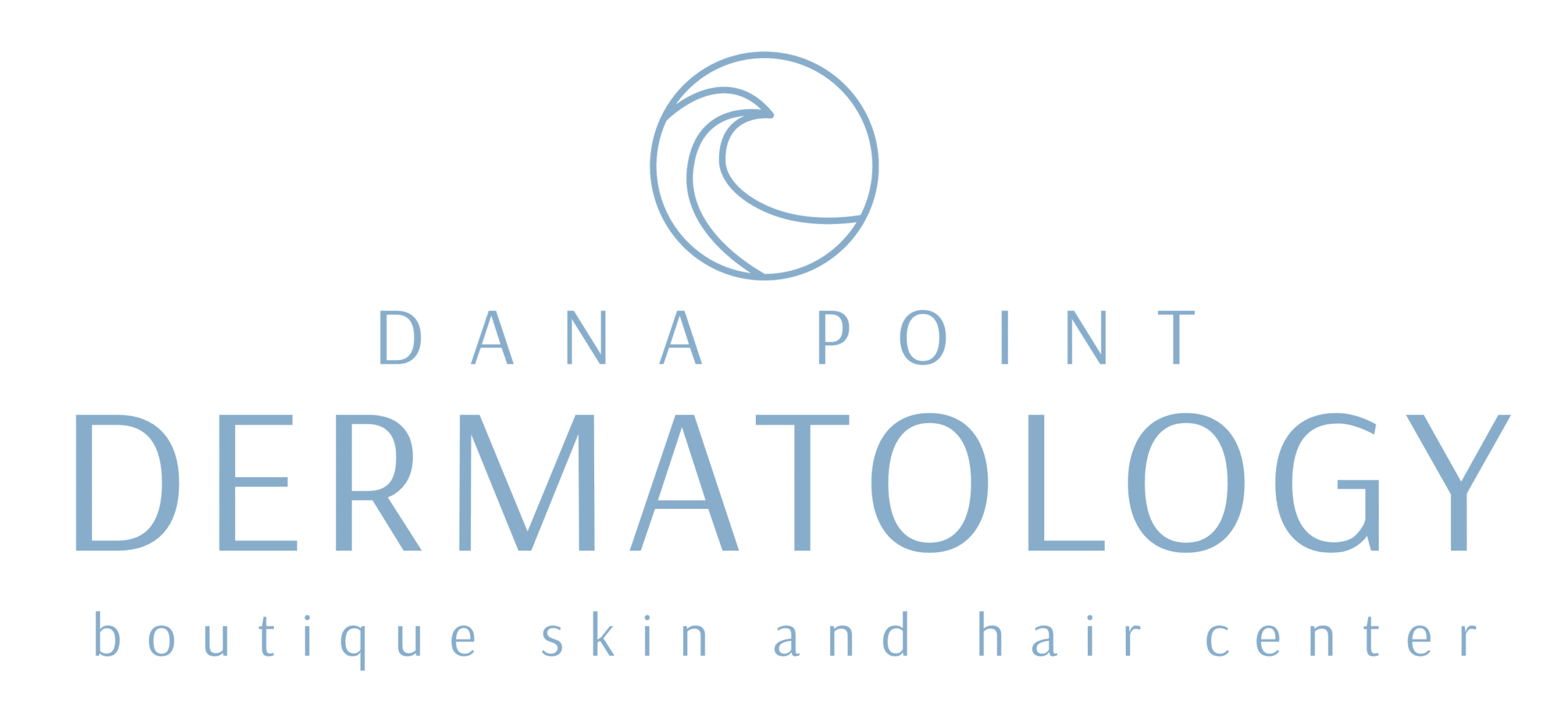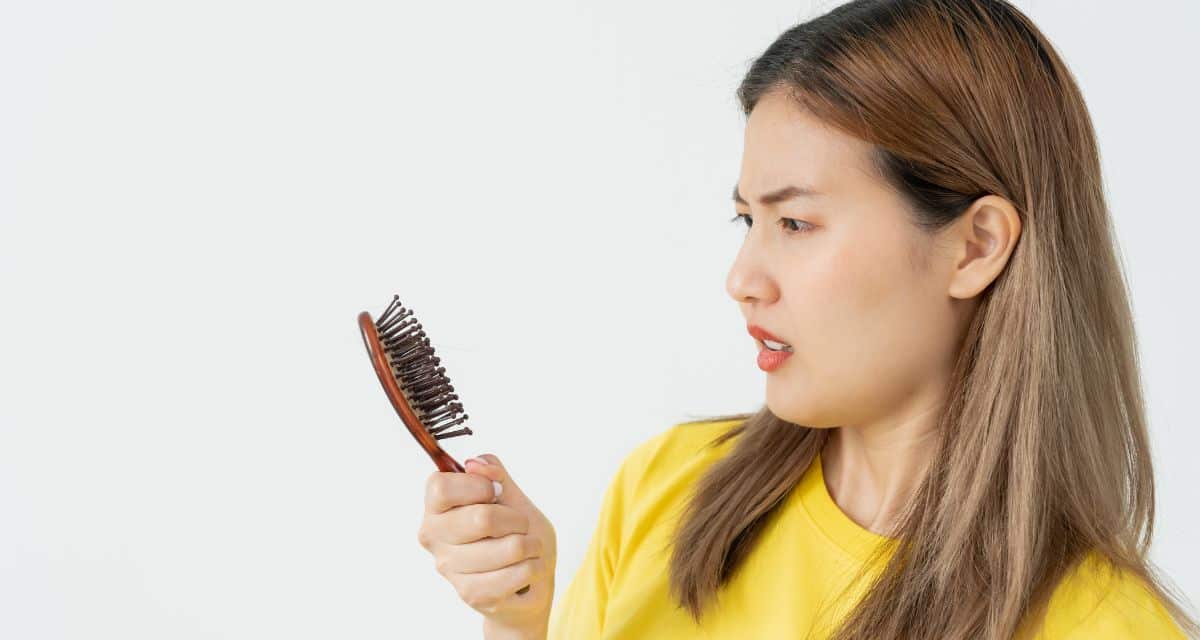Enlargement of the nose in people is usually due to rosacea. Specifically, a form of rosacea called rhinophyma (pronounced “rhi-no-fy-ma”). This subtype of rosacea is usually seen in men. In the typical scenario, men or women come in with red bumps and pus lesions on the nose that come and go over many years. These are caused by microscopic inflammatory cells in the skin that surround the hair follicle, a hallmark of rosacea. Left untreated, this inflammation can lead to tissue destruction and scar tissue formation. The skin also becomes thickened and coarse in the long-run. Since men’s skin produces about 5 times more oil than women’s skin, this can set the stage for additional enlargement of the nose in some cases. The scar tissue and enlarged oil glands produce a skin texture that is bumpy, uneven and spongy. What’s more, dilated blood vessels and long-standing inflammation produce a ruddy, reddish color that tends to worsen during sun exposure, consuming hot beverages and enduring stressful situations. Rosacea can be downright embarrassing for many patients who rely on interpersonal communications to network, close deals and build relationships with clients. In fact, a recent survey by the National Rosacea Society showed that the rhinophyma type of rosacea had the most profound, negative impact on patients’ personal and professional lives. In addition, for those who suffer a flare with alcohol, declining an invitation for a drink can make you appear uninterested when in fact you just want to avoid a flare-up. Dana Point Dermatology has board-certified dermatologists on staff that have expert knowledge of the rhinophyma-type of rosacea. Treatment options depend on a patient’s degree of nose enlargement, prior therapy, ratio of redness-to-oiliness, and overall complexion and texture of the skin. Topical gels and creams, often available by prescription only, are used and can be very effective first-line agents. Medicine applied to the surface of the skin works because the pharmaceutically active molecule is being delivered directly where it needs to go–to the second layer of the skin. Topical medicine rarely enters the bloodstream, so the side effects are often minimal and limited to the skin. Oral medication that has anti-inflammatory properties is another effective class of medication that can be combined with topical therapy to have a synergistic effect; in other words, one plus one equals three, not two. Other types of oral medication can be used to decrease the size of the sponge-like oil glands and halt the production of oil in the skin. This approach works very well in most patients. Exfoliating treatments, such as chemical peels, work very well for rhinophymatous rosacea. The chemical peeling agent of choice is salicylic acid. Salicylic acid has a special type of chemical structure that allows it to penetrate deep in the fatty tissue of the oil glands, shrinking them down in the process. Lastly, laser therapy is indicated in some cases. Two types of lasers, each with distinct effects, are used for individuals with the rhinophyma-type of rosacea. The first laser is a pulsed-dye laser. This laser targets red pigment in the skin, including blood vessels, broken capillaries and red patches. It is FDA approved and has no down-time. The other laser used is called a fractionated carbon-dioxide laser. This laser is safe and effective for the treatment of mild-moderate rhinophyma-type of rosacea. It targets water in the skin and serves to selectively remove the enlarged, spongy tissue on the nose. A recent study showed that fractionated carbon-dioxide laser had less downtime, few complications and excellent results compared to more invasive procedures, such as surgery. Just make sure you select a board-certified dermatologist, as this laser requires different energy levels to reach the thicker areas of the nasal tissue.

What to Expect After a Face Peel: A Dermatologist’s Recovery Guide
If you’ve ever wondered how to achieve smoother, brighter, and more youthful-looking skin, a face peel might be the answer.


